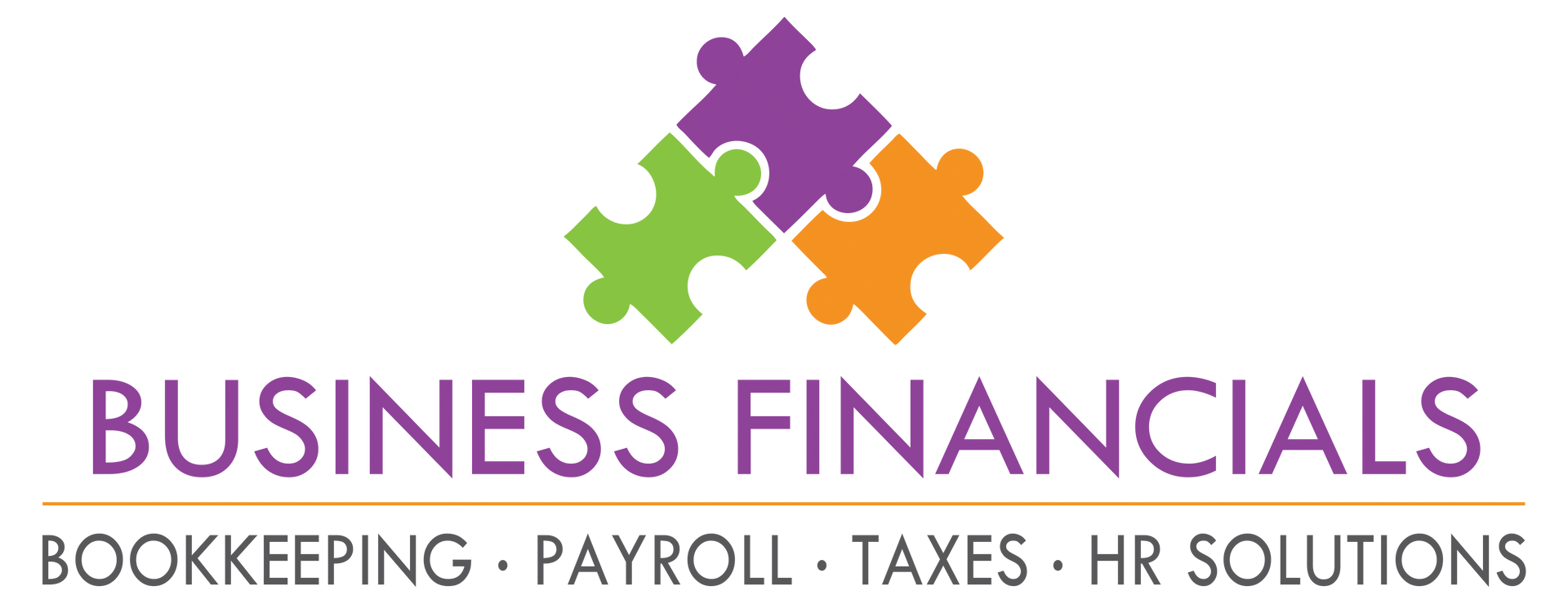Minimum Wage
Minimum Wage
A minimum wage law sets the lowest hourly rate an employer can pay employees who are covered by the law. The current federal minimum wage is $7.25 per hour. It was enacted July 24, 2009. 29 states and the District of Columbia have a minimum wage above the federal level.
Most state-level minimum wage laws increase incrementally over several years. The upward adjustments generally occur on January 1, but some states don’t stick to the calendar year. It’s critical to know the specifics of your state’s minimum wage law!
In addition, it’s crucial that employers understand that when the state and federal minimum wage laws differ, employers are obligated to pay the minimum wage that is most favorable to the employee. In other words, if your city passes a minimum wage of $14/hr, you can't pay the federal minimum wage of $7.25.
What about workers who receive tips?
The federal law allows an employer to pay a tipped employee not less than $2.13 an hour in direct wages as long as all three of the following conditions are met:
1. If $2.13 per hour (or hourly rate above this) plus the tips earned equals at least the federal minimum wage
2. The employee is allowed to keep all earned tips
3. The employee customarily receives more than $30 a month in tips
If an employee's tips combined with their direct wages (at least $2.13/hr) do not equal the federal minimum wage, the employer must make up the difference.
Note that the federal minimum wage doesn't apply to all young workers and full-time students. Get details on these exceptions on the Department of Labor website (Link: https://www.dol.gov/general/topic/youthlabor/wages#:~:text=The%20Fair%20Labor%20Standards%20Act,of%20employment%20with%20an%20employer).
Minimum Wage and Overtime
Wage and hour laws, especially those involving minimum wage don’t exist in a vacuum. When you violate one law, there is a domino effect.
For example, suppose you use paper timecards and one of your managers isn't strict about employees recording their time. At the end of the pay period, she gathers the timecards and notices several missed punches.
She's too busy to ask each employee when they worked, so she estimates the shift times. Then she sends the completed time cards to the payroll manager. When the checks are deposited, a minimum wage non-exempt employee gets a paycheck that's based on inaccurate hours. The employee had actually worked 43 hours that week but the timecard listed 38.
At this point, you have violated both minimum wage and overtime. When you divide the check total by the time the employee actually worked, the hourly rate had fallen below minimum wage, PLUS, you owe the employee overtime for the 3 overtime hours.
Case Studies
Businesses that violate minimum wage laws routinely face hefty fines. For example, two Connecticut restaurants paid $137,465 in back wages and liquidated damages to workers after the DOL ruled that they violated both minimum wage and overtime.
https://www.dol.gov/newsroom/releases/whd/whd20210405
Off the Clock Work is Illegal
A Florida restaurant had to pay $19,000 in back wages and penalties when they failed to pay servers for their entire shift. The investigation found that the company didn’t compensate for time worked prior to when the servers’ first customers arrived.
https://www.dol.gov/newsroom/releases/whd/whd20210324
The Solution: Automated Time and Attendance
Automated time and attendance assures that your employees are logging their hours and recording breaks and overtime.
With automation in place and multiple punch-in options for your employees, automated time and attendance can help keep you clear of any future trouble regarding minimum wage issues.
The following features protect you from violating minimum wage laws:
● Biometric time clocks with schedule enforcement
● Configurable pay rates
● Tip tracking
● Meals/breaks prompts
THIS ARTICLE IS FOR GENERAL INFORMATION PURPOSES ONLY. BUSINESS FINANCIALS, INC. (BFI) IS NOT ISSUING SPECIFIC FINANCIAL OR TAX ADVICE. PLEASE CONSULT WITH A LICENSED FINANCIAL PLANNER, TAX ATTORNEY, OR ACCOUNTANT FOR ASSISTANCE WITH YOUR SPECIFIC SITUATION. IF YOU NEED HELP, WE INVITE YOU TO CONTACT US. WE WILL BE HAPPY TO MAKE RECOMMENDATIONS OR REFER YOU TO A LICENSED PROVIDER WHO MAY BE BEST SUITED FOR YOUR SITUATION.





